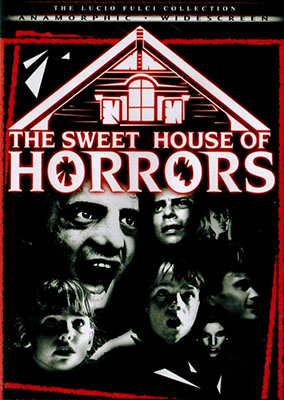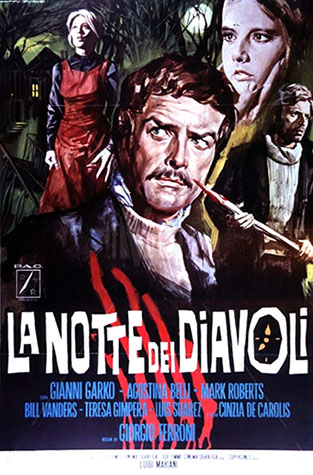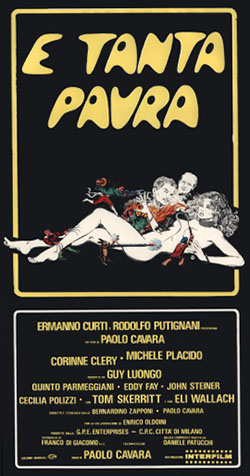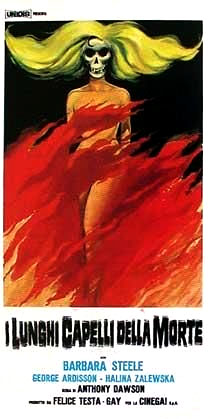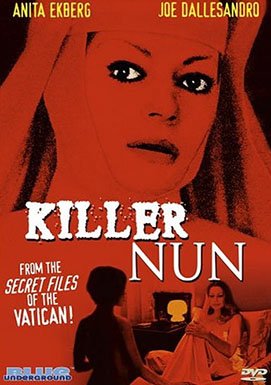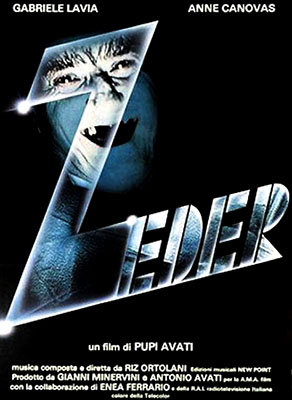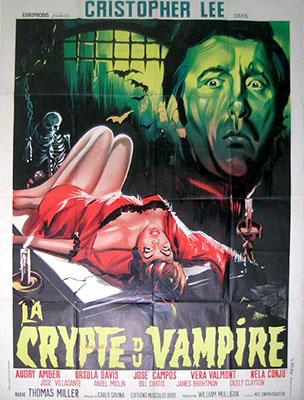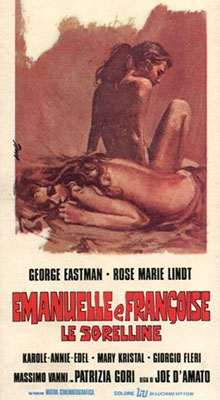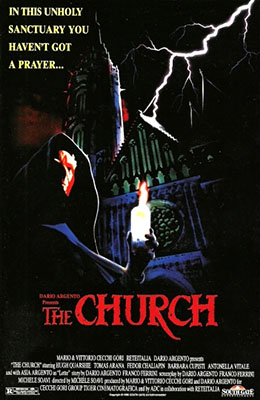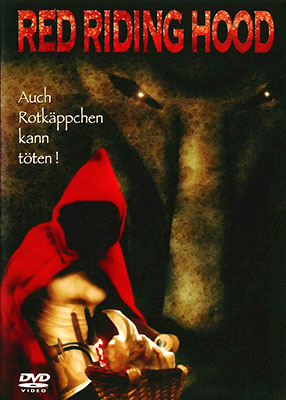
Red Riding Hood (2003)
After the death of her politician father and subsequent abandonment by her mother, 12 year old Jenny (Susanna Satta) feels that it is imperative that the guilty are punished because God forgets their sins (no matter how miniscule) too easily. With the help of her mysterious friend, George, Jenny begins terrorizing Rome by punishing sinners with deadly justice. All is going well for Jenny until her grandmother, Rose (Kathleen Archebald), comes to take Jenny back to New York with her. Jenny imprisons Rose in her apartment so that she won’t interfere with her plans to confess her love for her tutor, Tom (Roberto Purvis). When Tom starts to suspect that something is terribly wrong with Jenny, he tries to stop her and George’s killing spree before he himself becomes a victim.
For a first time director, I have to compliment Giacomo Cimini. Although flawed, Red Riding Hood is a fine first feature and shows great promise. Some of the credit goes to one of the films co-cinematographers, Sergio Salvati (Fulci’s The Beyond and The Black Cat), who manages to add some of the old school Italian horror flair to the filming. The script and the plot are well done and become especially tense in the final act.
The role of Jenny is a difficult one and is handled fairly well by the young Susanna Satta. Unfortunately, many of her lines are delivered too mechanically. But to Satta’s credit, she portrays an evil little girl perfectly and has great control over her expressions and the physical aspects of her screen presence. This was a tough first film role for her and I’m interested to see what she’ll do next.
Kathleen Archebald is very good as Rose who suffers a great deal of torment from her twisted granddaughter. The actor I’m least impressed with is Roberto Purvis. The character of Tom isn’t developed well in the script and isn’t given much depth by Purvis until his last few moments of screen time.
The music of the film is creative but distracting. It is some merry sounding business with lyrics that seem to refer to the plot but overall just doesn’t work in the film. The incidental music is fine but this jaunty theme keeps coming back. Some upbeat music would have been perfect for many of the strange scenes in the movie but the filmmakers have made a poor choice here.
Jenny’s companion through much of the film is George, a mysterious figure in a black jumpsuit, red galoshes, black cloak, and a white wolfish mask. George looks pretty silly and just isn’t creepy at all. My last complaint is about the film’s pacing. It slows down a little in the middle but not for too long. Just long enough for a viewer to wonder when the film is coming to an end.
Okay, enough griping, why is this film worth seeing? For one thing, the murders are very cool and bloody. The effects aren’t over the top or disgusting but a couple of them are inventive and memorable. The movie has some very twisted humor in it that will appeal to horror fans. And finally, this film is just plain nuts. I don’t think I’ve seen a movie this odd in a while.
Red Riding Hood is a likeable flick with some very strange elements thrown in to keep it from being just another slasher. The setting of Rome and the Italian crew give this film just a hint of Giallo, which is always pleasant. Despite a couple of flaws (some wooden delivery from a couple of the actors and George’s costume), I had a great time watching this. Prepare to be weirded out and enjoy the show.
